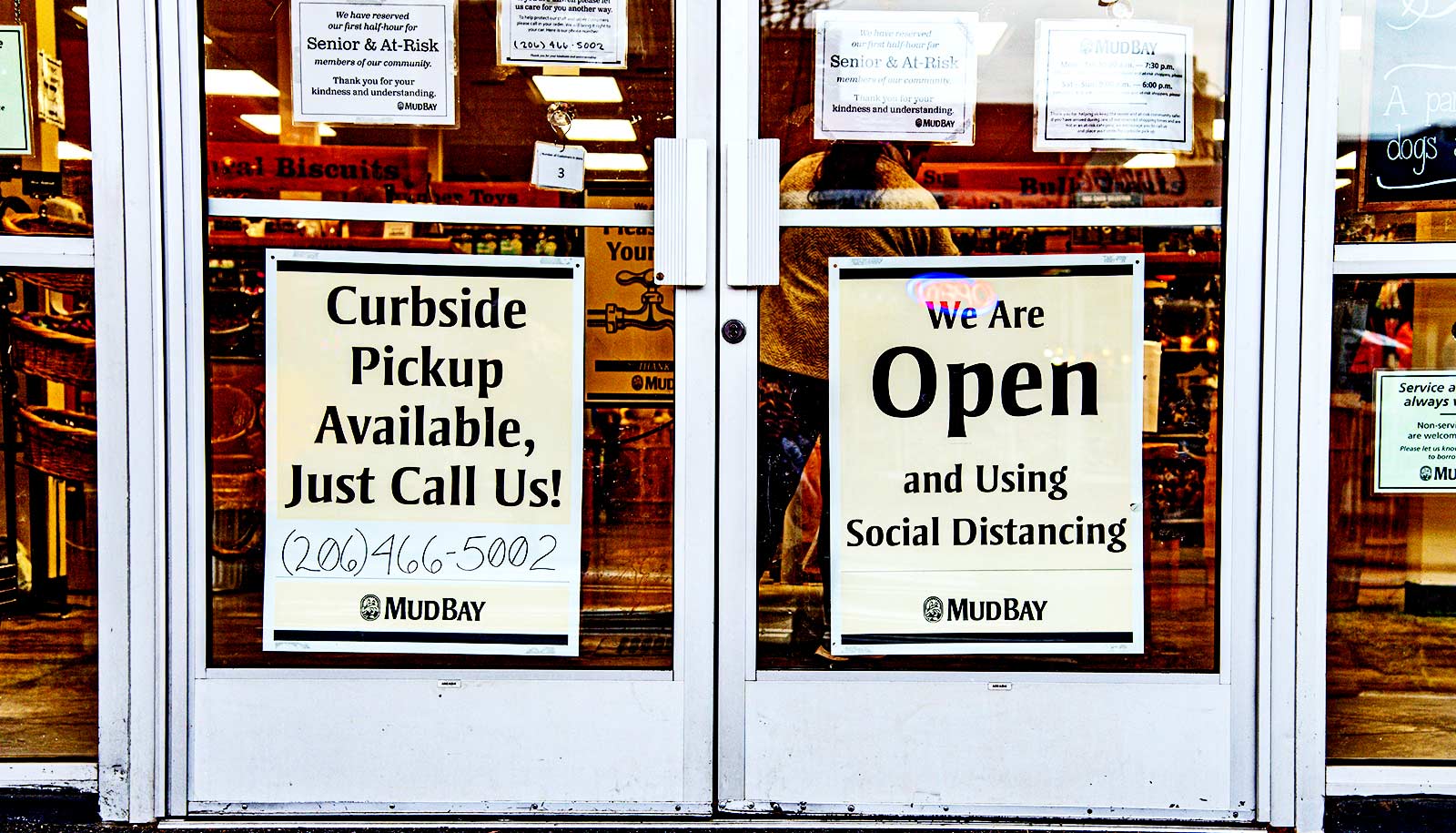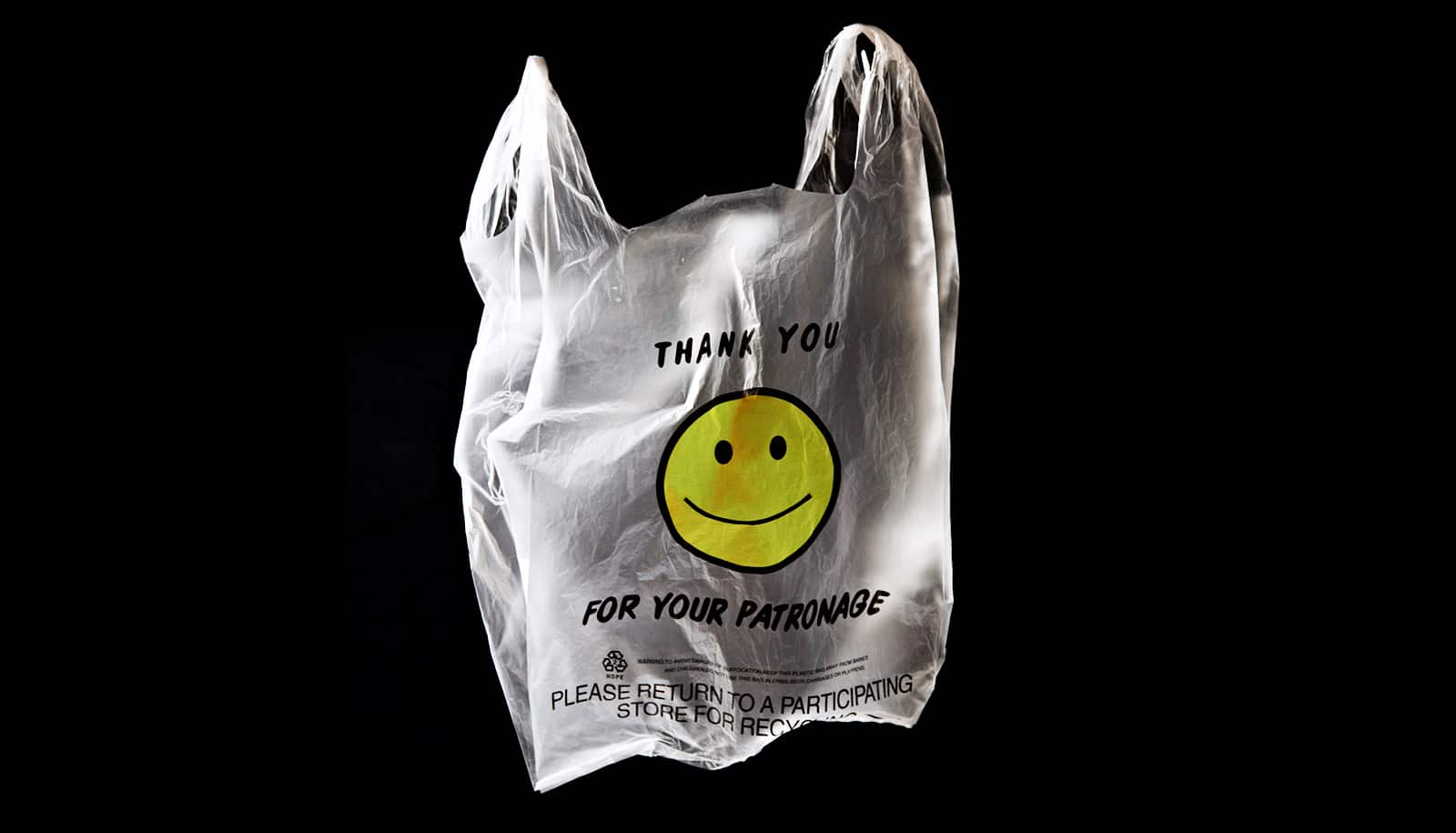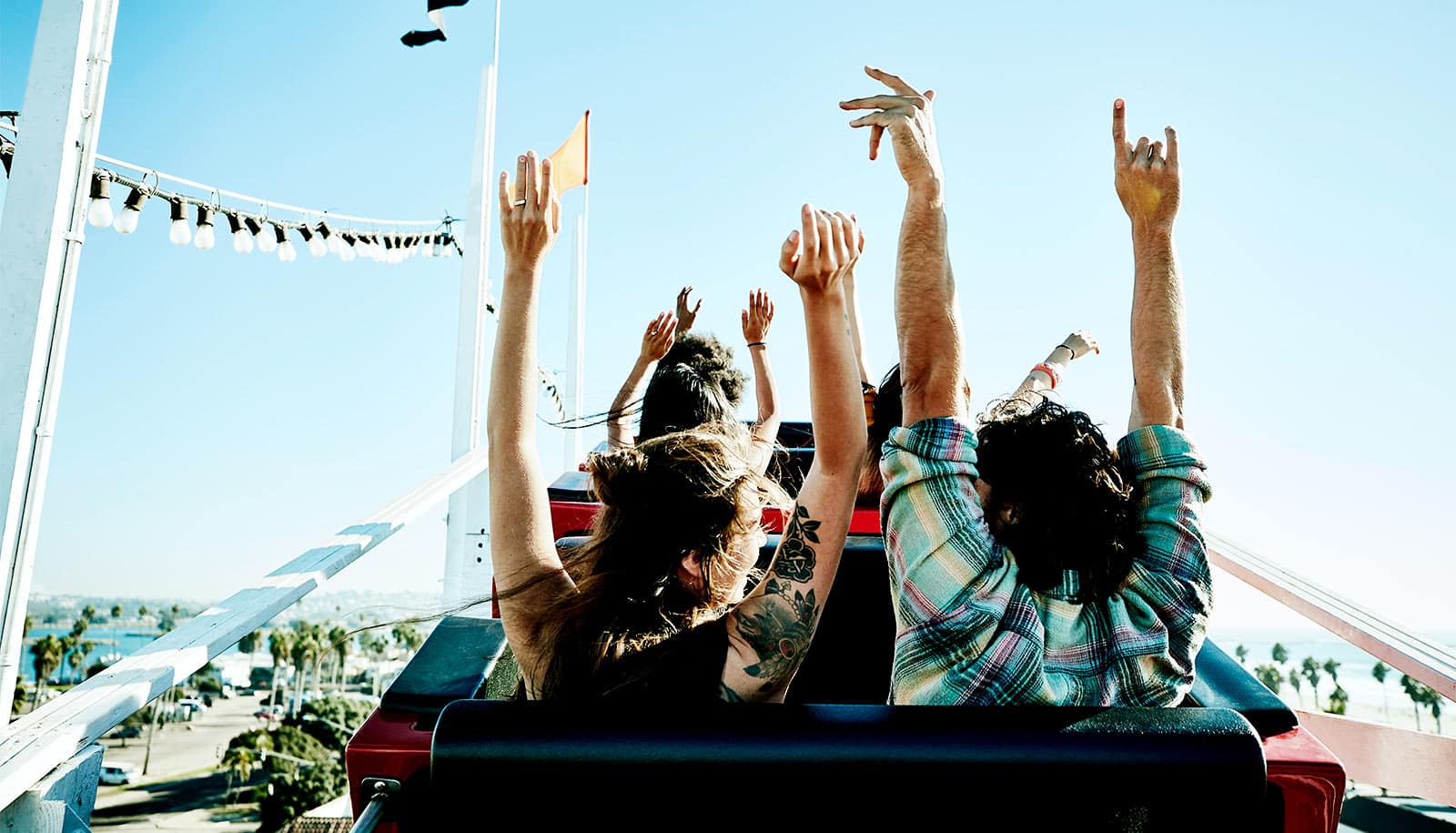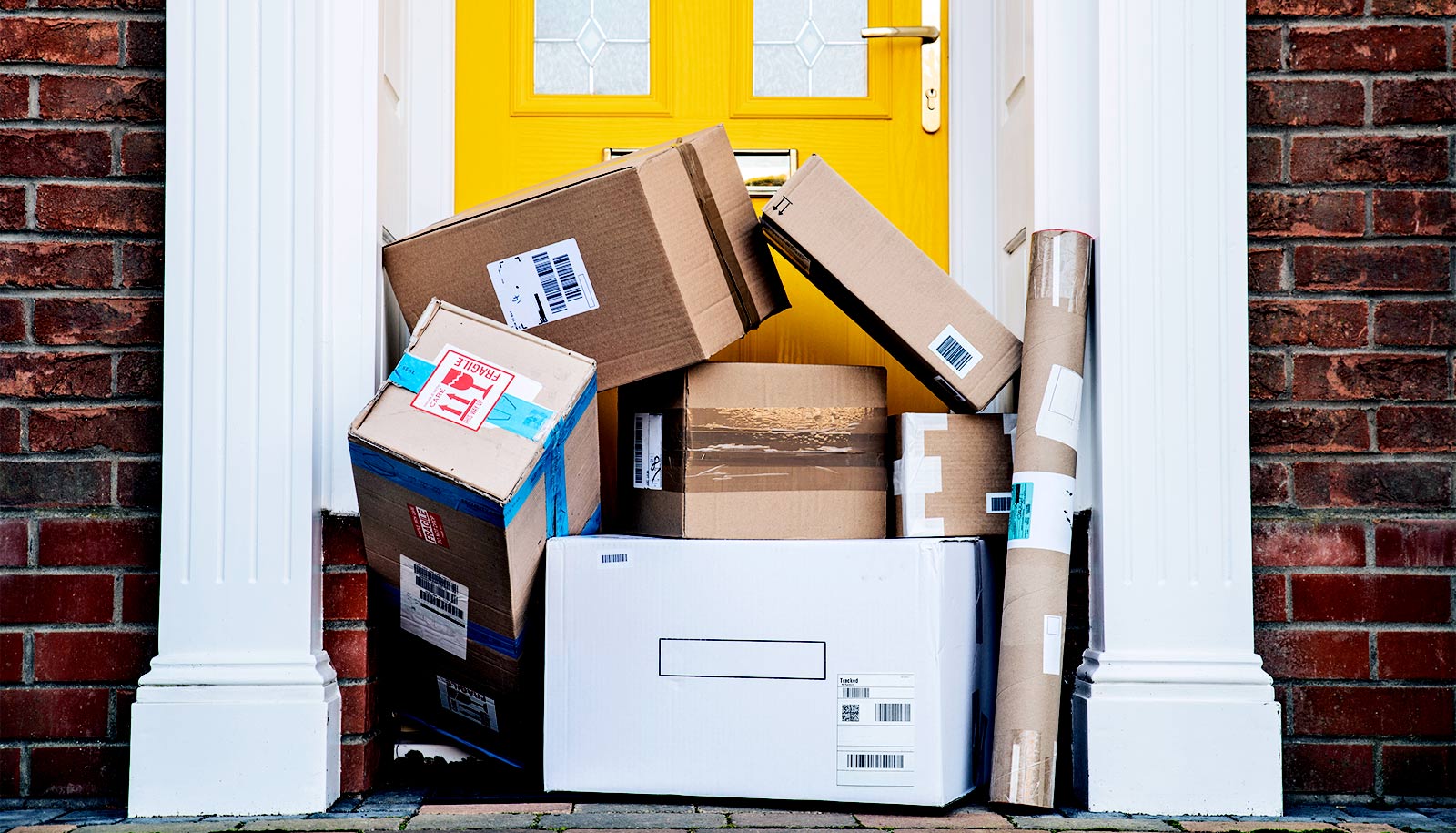Retail isn’t going back to normal, says a professor of marketing and psychological science.
For merchants, expecting a return to pre-pandemic business is not a strategy for success, says Eric Spangenberg, dean of the University of California, Irvine’s Paul Merage School of Business.
Those who can innovate and put together the best alternatives to business as usual, he says, will be in the strongest position to capitalize on consumer demand moving forward.
The online sales that have skyrocketed during the COVID-19 crisis may replace trips to physical locations even after the lockdown orders lift. As long as shoppers and/or employees are wearing masks, people will be a bit tentative in actual stores, and depending on how long they continue to make purchases predominantly online, habits may change enough to permanently alter the retail landscape.
Here, Spangenberg discusses how coronavirus-induced shifts in shopping behavior will likely transform the retail industry:
Can you give us a broad overview of what’s next for the retail industry?
Across the country, as states relax safety directives to varying degrees, some of the changes will be long-term. An enormous amount of shopping behavior had moved online over the last several years and has moved further online since the pandemic hit, and much of it will stay there.
Stay-at-home orders have been in place long enough for people to develop new habits, and the reopening process has been gradual enough that the online shopping habits many people have acquired will become their default go-to routines for many things.
What’s the chance that temporary closures of stores—and even malls—will become permanent?
My thought is that stores and malls will experience much-reduced traffic, and some will simply not reopen as they lack the cash flow to do so, given no business over the last two-plus months. Others will adapt and partner with their online outlets to provide innovative solutions to consumer demand.
While reopening is a hopeful development from the perspective of retailers, I’m seeing little likelihood of consumers embracing shopping in a physical environment to the extent that they did pre-pandemic. We’ve been told that outside is safer than inside, so people will gravitate to open-air, rather than enclosed, malls.
Have there been any pleasant retail surprises?
Some sectors have done very well during the first stages of the pandemic: grocers, nurseries, hardware, home supply, and do-it-yourself construction.
“Actual needs are not sufficient to fuel the economy as we knew it…”
People have been using the time and constraints of staying home to learn or relearn how to cook for themselves, care for their homes and gardens, and engage in simpler pleasures. They’ve also been enjoying the resulting benefits—healthier eating, enhanced living spaces, and the satisfaction of doing something productive with their hands.
Shopping is more than just acquiring goods; it’s an experience. What will change in the way we shop?
Of course there will be a subset of consumers who will head to the retail establishments just as people headed to the beaches when they reopened. There will remain people, however, who are cautious and will think, “Let others give it a try while I stay home and see what the outcomes of reopening turn out to be.”
This gets to the idea of what some call “retail therapy.” What was once relaxing and therapeutic, though, will become a stressful outing. We had already seen a drop-off in such behavior pre-pandemic due to online shopping options, and the virus will push us further from face-to-face retail interaction.
People will worry about time spent around others, so they may do pre-shopping homework and realize that they can buy cheaper, easier, and safer online and forego some trips altogether. Shoppers who do go out aren’t as likely to hang out at the food courts, spend as much time browsing, or be entertained by their surroundings. Their comfort level will be lower than before, and it will take a long time for them to regain the confidence that a given shopping environment is “safe,” regardless of what they are told or observe.
The US economy is powered by consumer spending, and retail sales account for almost half that total. Will that trend continue?
This is one of the biggest challenges currently facing the economy and will remain so as we try to restart it. Many of the people filing for unemployment right now are in the retail sector, and the drop-off there will remain, as there is less demand and there are fewer jobs to fill. For those who are still employed in any sector, limited shopping and dining opportunities mean lower credit card bills. Now they’re rethinking how they spend—what they really need versus what they merely want. People seem to be enjoying the reduced spending and associated debt, according to anecdotal evidence I’ve encountered.
Actual needs are not sufficient to fuel the economy as we knew it, so the question is whether or not consumer wants will come back in the same way. In the short term, I don’t think they will, and perhaps not in the long term. Reopening doesn’t mean retailers will rehire full staff, and many people no longer have the financial security that will make them confident enough to make discretionary purchases they would have pre-pandemic.
Source: UC Irvine



